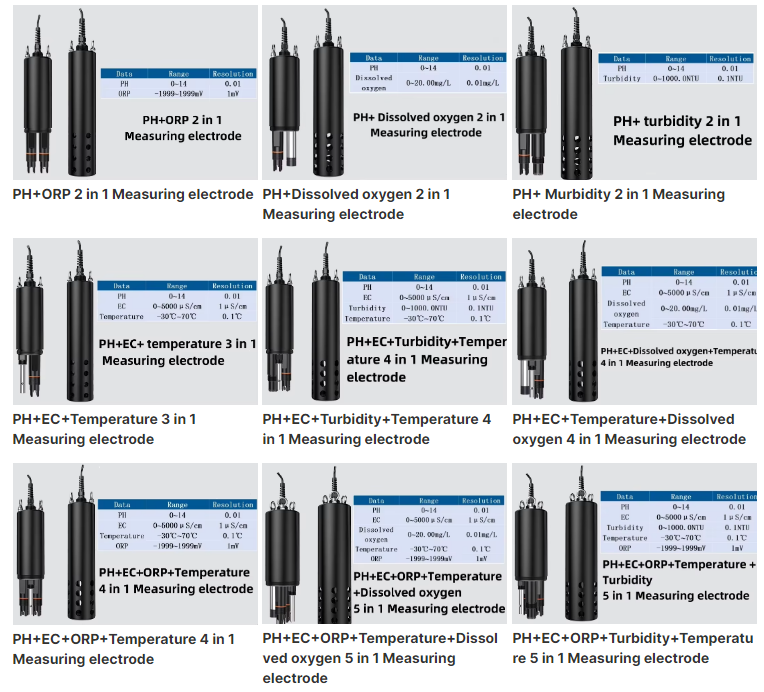Location: Pune, India
In the heart of Pune, India’s bustling industrial sector is thriving, with factories and plants sprouting across the landscape. However, beneath this industrial boom lies a challenge that has long plagued the region: water quality. With rivers and lakes heavily polluted, the quality of water used in manufacturing processes not only affects business productivity but also poses significant health risks to local communities. But a silent revolution is taking shape, powered by cutting-edge water quality sensors that are ushering in a new era of accountability, sustainability, and health.
The Problem of Polluted Water
For years, Pune’s industries relied on outdated and often ineffective methods to assess water quality. Many factories discharged wastewater directly into the rivers without thorough testing, leading to a toxic cocktail of pollutants that threatened aquatic life and the health of surrounding populations. Reports of waterborne diseases skyrocketed, and local communities began to voice their concerns over the industry’s disregard for environmental standards.
Anjali Sharma, a resident of a nearby village, recalls her struggles: “We used to get our drinking water from the river, but after the factories moved in, it became impossible. Many of my neighbors got sick, and we could no longer trust the water we once depended on.”
Enter the Sensors
In response to growing public outcry and a tightening regulatory environment, several industrial leaders in Pune began adopting advanced water quality sensors. These devices are equipped with real-time monitoring capabilities, allowing for continuous assessment of key parameters such as pH, turbidity, dissolved oxygen, and contaminant levels. The technology, once considered a luxury, has now become essential for responsible water management.
Rajesh Patil, the operations manager at a local manufacturing plant, was among the first to embrace this technology. “At first, we were hesitant,” he admits. “But once we installed the sensors, we realized their potential. Not only do they help us comply with regulations, but they also improve our processes and prove our commitment to sustainability.”
A Ripple Effect of Change
The impact of these sensors has been profound. Rajesh’s factory, utilizing real-time data from its water quality monitors, was able to identify excess pollutants during specific production cycles. They streamlined processes, reduced waste, and even recycled treated water back into production. This not only saved costs but also significantly lowered the factory’s environmental footprint.
Local authorities quickly began taking notice of these changes. With reliable data in hand, they enforced stricter regulations on water discharges across all industries. Companies could no longer afford to overlook water quality; transparency became a priority.
The local community, once fearful for their health, started to witness visible improvements. Fewer cases of waterborne diseases were reported, and families like Anjali’s regained hope. Anjali recalls, “When I learned about the sensors, I felt a wave of relief. It meant that someone was finally taking our concerns seriously. We started seeing signs of the river recovering, and we could even use it again for cleaning and irrigation.”
Empowering Communities through Data
Beyond regulatory compliance, the introduction of water quality sensors has provided a platform for community engagement and empowerment. Local NGOs began organizing workshops to educate residents about water safety and the importance of monitoring. They taught community members how to access real-time water quality data online, fostering transparency and accountability within their local industries.
Local schools incorporated water quality monitoring into their science curriculum, inspiring a new generation of environmental stewards. Children learned about pollution, water conservation, and the role of technology in sustainable practices, sparking interest in careers in environmental science and engineering.
Looking to the Future
As Pune continues to lead industrial growth in India, the role of technology in ensuring environmental safety will only become more vital. Entrepreneurs and innovators are exploring the potential of low-cost, portable sensors that can be distributed to rural areas, promoting an even broader movement toward improved water quality across the nation.
Rajesh’s factory and others like it are now looked upon as models for sustainability. The ripple effect of industrial water quality sensors has not only transformed the industries but has also restored hope and health to communities, proving that technological advancements can create meaningful change.
For Anjali and her neighbors, the journey towards clean water is still ongoing, but they now have the means to advocate for their rights, armed with real-time data and a voice that can no longer be ignored. In India, the future of water quality is clearer than ever, and with the help of technology, it’s a future they are determined to secure.
For moreWater quality sensor information,
please contact Honde Technology Co., LTD.
Email: info@hondetech.com
Company website: www.hondetechco.com
Post time: Jan-20-2025


